I am standing on a street Jesus might have walked on, touching a coin he most certainly never touched, but could have — “could have” in the sense that lawyers on TV use the words when they bellow, “So it’s possible then that my client was just an innocent bystander and an alien from space could have committed the murder?”
The “could have” is the part that grabs my imagination, and I think that’s a fact of travel in Israel, no matter what faith you happen to be. All these things that happened, or could have happened…. right under your feet. The Holy Land is also a storyland: Jericho’s walls, the site of the Second Temple (now the Dome of the Rock), Lot’s wife watching over a desolate salt sea, Sarah’s well, a village called Magdalene, two places in Nazareth that each claim the annunciation as their own, the place of the crucifixion — although this last one bothers me, because in the pictures of my childhood bibles, the site was on a hill outside the city surrounded by olive trees and improbably blue skies, and here it is indoors — INDOORS — inside a church. It takes some mental reframing to understand that this hill was outside the old city of Roman times, and that the church has been built over the site, like a protective giant tent.
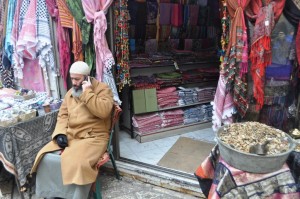
So, the coin: A widow’s mite, a thin, worn piece of metal, to be honest, so thin and worn I can’t make out a symbol on it and have to take it on faith — a word I’ve been hearing a lot — from the Palestinian shop owner that this is indeed a widow’s mite. If you’re a Christian, you know the story: In a Biblical passage, Jesus praises a widow for donating two Roman “mites” — each worth 1/128 of a typical laborer’s daily pay — because she gave all she had. Today those same mites, often set into pendants and rings, are for sale in the shopping stalls of Jerusalem, and you can count on paying far more than 1/128 of your daily salary. Figure that they starting at $25 and go up; how far up depends on the condition of the coin, how it is set, and your bartering skills.
Of course there’s nothing new about visiting the Holy Land and and bringing a piece of it back home: Witness the crusaders, or, for that matter, Mark Twain’s traveling companions in Innocents Abroad, who yanked bricks and stones off buildings said to have a holy history. From religious pilgrims to secular tourists, Israel’s tourism industry is expanding year by year, recently topping out at more than 3,000,000 international visitors annually. And the souvenir sellers have stepped up, too.
Whether it’s the contrast between the modern vibe of Tel Aviv’s trendy clubs and the ancient weight of Jerusalem’s historical heritage, the juxtaposition of organic farming next to high-tech medical and engineering innovations, or the sheer variety of people from Druze to Bedouins to ultra-orthodox Jews to Palestinians to camera-toting tourists, this is a country whose contrasts are reflected in the souvenirs on offer, whether in tony Tel Aviv design boutiques, Arab-owned stalls located along Jerusalem’s Via Dolorosa, Armenian pottery shops near the Jaffa Gate, or organic farms in the desert.
Religious Items
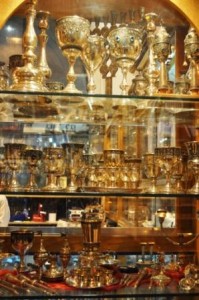
With so many religious pilgrims, religious items – some kitchy, some classy – abound. Examples include:
- Beautifully carved olive wood in everything from camels to crosses to nativity sets to simple Rosaries sold at a buck a piece.
- Religious jewelry, including the Jerusalem cross, the hamsa (Jewish “hand” symbol; also a symbol used in Arabic culture), more ornate Rosaries, and other devotional jewelry
- Painted Russian-style icons
- Books and devotional pictures.
- Ritual items used for worship such as Torahs, chalices, and robes.
Armenian Pottery
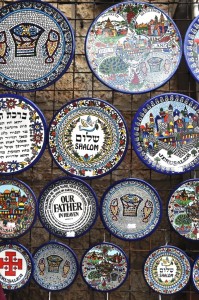
The Armenians are said to be the oldest Christian community in Jerusalem. They occupy an area near the Jaffa gate. You’ll know you’re there when you start seeing rows of stores selling hand- painted Armenian pottery, which is mostly blue and white with some accent colors. Patterns range from geometric designs to sayings in Hebrew and English needn’t to religious symbols for both Jews and Christians, commerce making all religions equal at least in the matter of selling souvenirs. The pottery is also widely available at stalls elsewhere in the Old City
Roman Artifacts
The section of the Old City known as the Cardo is a covered shopping area, just behind a prominent life-sized mural at the end of the excavated old Roman main street. This section has high-quality prints, jewelry, and souvenirs for sale, including those widows’ mites and other relics from Roman times.
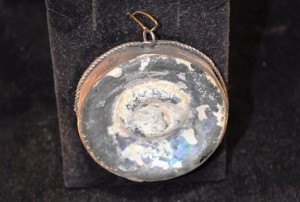
Roman glass jewelry is another unique jewelry item found in Jerusalem. Bits and pieces of Roman glass are fashioned into pendants and beads, and are available at prices starting at around $100.
High-End Design – Israeli Jewelry and Accessories
Israel has a thriving arts and design community. Aficionados should head to the Design Museum in Holon, about a half an hour from Tel Aviv. Holon is developing a reputation for its cutting edge museums, and the Design Museum leads the pack, featuring unique traveling exhibitions. The gift shop offers jewelry and accessories such as tableware and utensils, fabrics, and other decorative items. Check before your go, because the museum is closed when new shows are being installed.
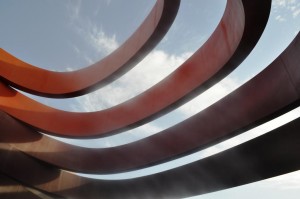
On the other end of the spectrum and a world away from the industrial gleam of Holon are the cluttered, bustling market stalls of Old Jaffa, just south of Tel Aviv, whose bustling stores seem to sell everything you can image, and a whole lot you’ve never even thought of. Closeby in Tel Aviv itself, the Old Jerusalem – Jaffa Railway Station Line has been repurposed into Ha’Tachana, a mixed -use public area of open space, shops, and restaurants. A favorite hangout for locals, it sports an impressive mix of design, jewelry, and craft shops.
In Jerusalem, affordable design items are found at the gift shop at the Israel Museum (where some of the Dead Sea Scrolls are exhibited). The Museum shop has interesting books and museum-related items, as well as contemporary designs in jewelry and accessories.
For well-heeled shoppers, the place to go for high-end arts and artisanal crafts is Arts and Crafts Alley, located in what was formerly a no-man’s land between the King David Hotel and the walls of Jerusalem’s Old City. High-end painters, jewelry makers, leatherworkers, metalworkers work and sell here; many of them have had their work displayed in museums worldwide.
While you’re there, stop in at Eucalyptus restaurant, which specializes in slow-food cooking. Managed by a South African Jew, whose former restaurant was destroyed in a terrorist bombing, and an Iraqi-Jewish immigrant chef, Eucalyptus specializes in combining regional ingredients, traditional Middle Eastern recipes, and food that are mentioned in the Bible. The tasting menu will take three pleasant hours to get through, with scores of choices and a story to go with each.
Ahava Skin-Care Products
According to legend (and cosmetic companies), Cleopatra begged Mark Antony to cede her control of the Dead Sea, or at least take it himself, because cosmetics made from its minerals were the secret to her beauty. (More practical historians say the appeal was the commercial and industrial value of the minerals.) The stories may be apocryphal, but Dead Sea minerals have been used in cosmetic products for eons. Today, Ahava products are perhaps the best known on Israel’s side of the Sea. The Factory and Outlet Store are found along the main road right near the border of the Isareli-occupied Palentinian West Bank, within sight of the Dead Sea. Products are offered at discount prices, with special two-for one and free bonus offerings part of the package. The factory also operates a beach where visitors can bathe in the Dead Sea. Bring plastic shoes or aqua-socks if you plan to swim.
Note: Even souvenir shopping has political ramifications in this controversy-embroiled nation. Ahava is currently the subject of a boycott by a number of groups, owing to disputes about whether its manufacturing operation is legally located. Here is a (partisan) summary of the issue. Do the research, then buy – or don’t – according to your informed politics.
Food and Wine
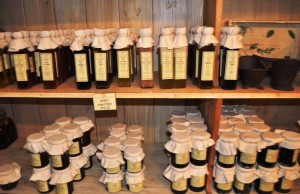
Having pioneered the development of techniques to eke agriculture out of the desert, Israel is becoming a sort of culinary crucible: A melting pot of immigrant chefs from around the world, diverse and exciting local Mediterranean cuisine, and a plethora of home-grown fruits, herbs, and vegetables. Organic farming is an exciting trend here, with organic jams jellies, olives, and honey available at organic farms and at spas and resorts. Meanwhile, improbable looking vineyards dot the country, dust covered grapes somehow managing to survive on a few drops of carefully collected and conserved water.
Practicalities
- Remember that liquids and jellies must be packed in checked luggage.
- Israel is one of the few places where it is legal to buy and export antiquities; however, if your itinerary has you later traveling through countries where such exports are not permitted, you may want to have purchases insured and shipped.
- A final note: Israel has a 16 percent VAT, refundable in some shops directly, or at the airport (with the appropriate paperwork, provided by the shops). Ask when you buy.
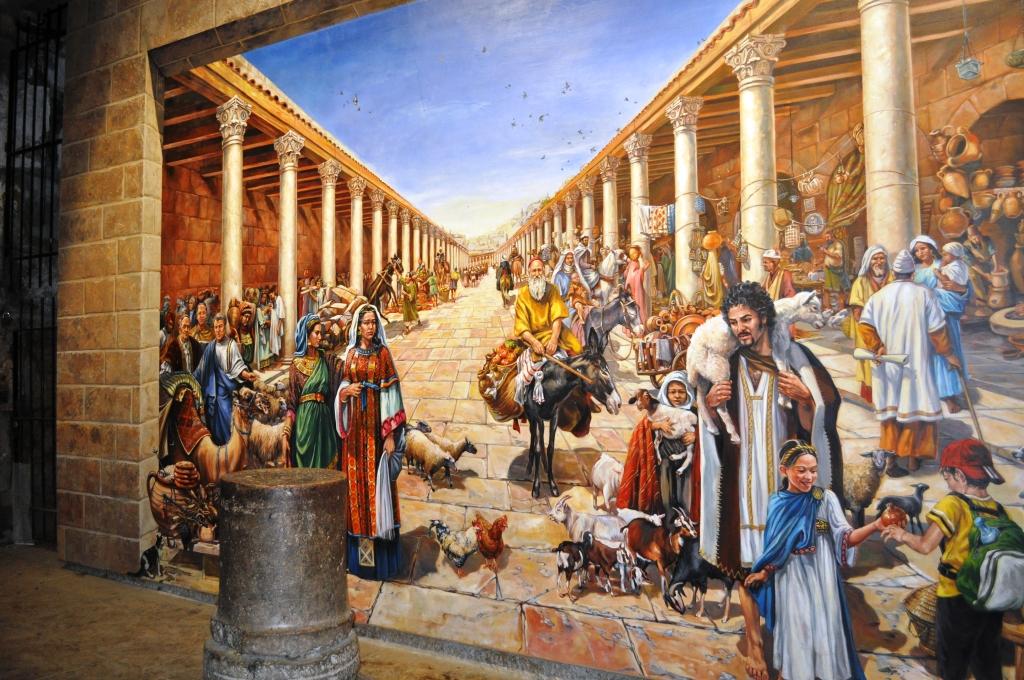
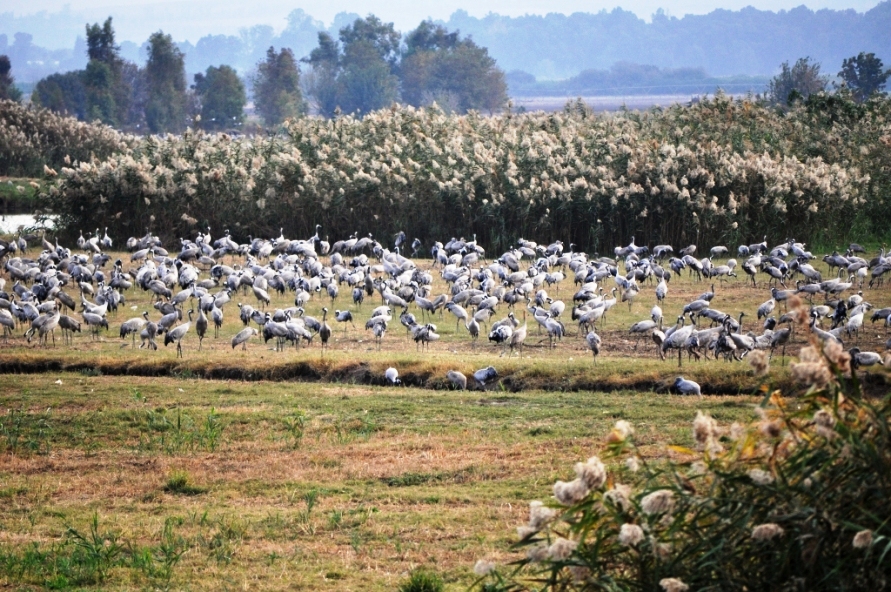
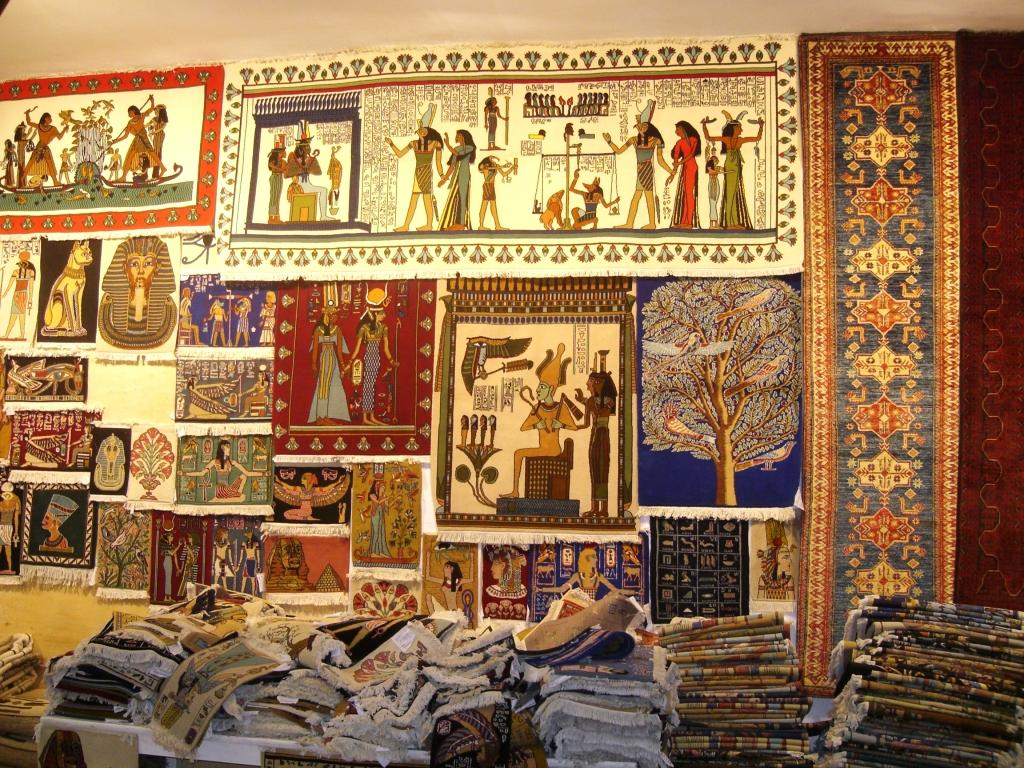
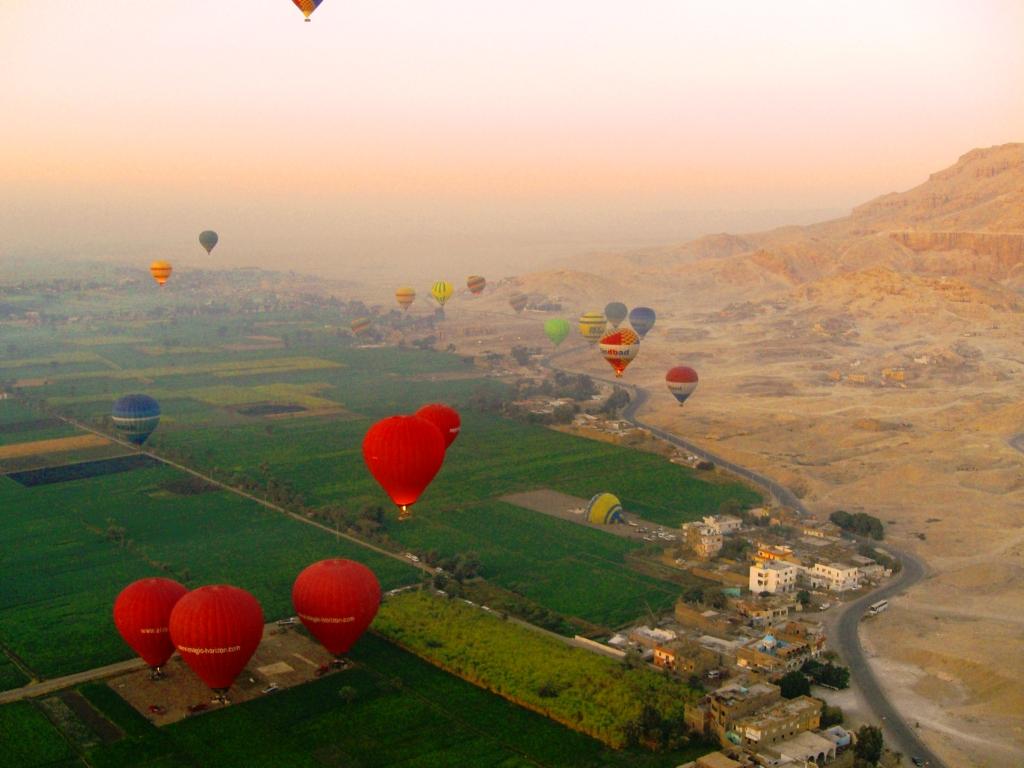
Thank you for the very interesting article.
Your piece describes exactly the sentiments behind the shop I opened online, Carmel Gifts, whose tag line is “Things you wish you’d brought back from Israel.”
There are so many diverse cultures in Israel and the Holy Land and all offer the most wonderful, unique artistic creations.
All of the gifts I offer are made in Israel and most are supplied directly from the artist. If anyone is looking for something they don’t see on the shop, I can try to source it for them.
I understand that as of the end of March 2016, Israel has also past a law to forbid the exportation of antiquities. The prices of the authentic coins (eg. widow’s mites, etc.) are skyrocketing and the dealers in the USA are going out of business.